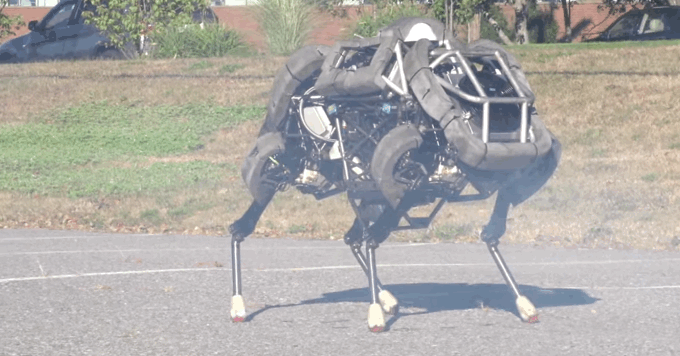In 2013, Google went big on robotics. Under the leadership of Android father Andy Rubin, the company went on a shopping spree that included marquee companies like Boston Dynamics. The division was named Replicant, in an homage to Blade Runner that worked with the whole Alphabet motif. It was big and secretive and expensive, and within a few years, everything kind of went to hell.
The past few years have found the company picking up the pieces and moving on. It recently felt ready to give The New York Times a look at what it’s been working on under the leadership of Principal Scientist Vincent Vanhoucke in a new lab at its Mountain View headquarters.
The results, it seems, are modest by design. The company has moved away from the flashiness that defined the space under Rubin. No humanoids, no Big Dogs. The relatively simple hardware is tasked with less exciting duties: manufacturing, warehouse logistics and the like. Clearly the company has taken a page or two out of the Amazon Robotics playbook. From the sound of it, the company is looking to solve more immediate issues, with a look toward the three Ds (dull, dirty, dangerous) that automation experts always talk about.
In an important sense, it’s also a much more Google-like approach to the category, with hardware in service of software. Google Brain and machine learning are at the heart of the innovations the company seeks to develop. It’s a smart rethink that focuses on the company’s strength, even though it may lose the moonshot nature that’s long been promoted within Google X.
